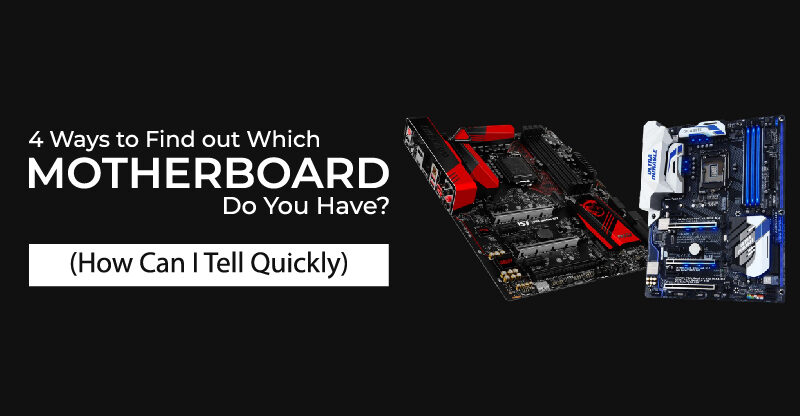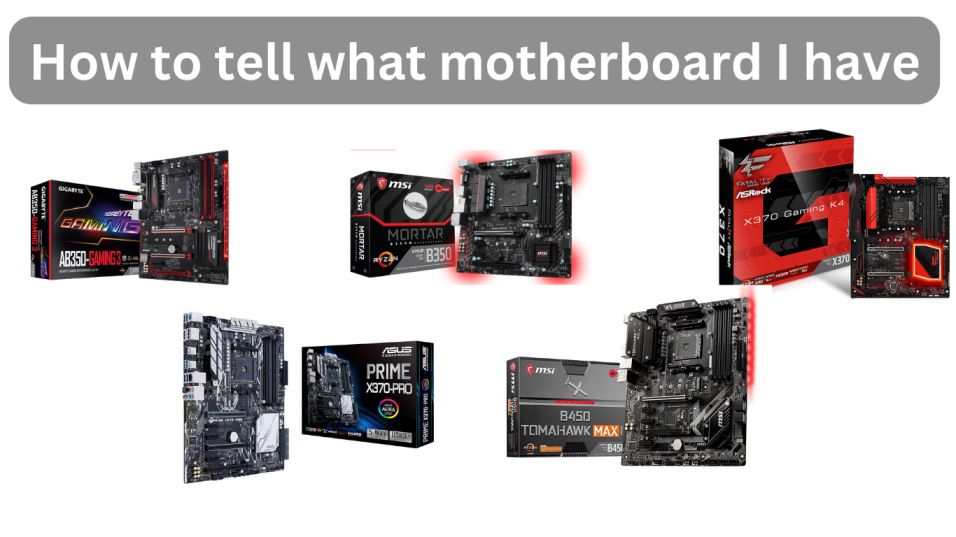Want to know more about How Can You Tell If A Motherboard Is Bad? Read this article to get the information you need.

How to Diagnose a Faulty Motherboard: A Comprehensive Guide
In the intricate realm of computer hardware, the motherboard stands as the very foundation upon which all other components reside. It serves as the central hub connecting and facilitating communication between the CPU, RAM, storage, and other vital components. A faulty motherboard can wreak havoc on your system, leading to a myriad of frustrating and perplexing issues. Recognizing the signs of a failing motherboard is crucial for timely intervention and repair.
Whether you’re a seasoned tech enthusiast or a novice user, this comprehensive guide will empower you with the knowledge and insights necessary to effectively diagnose a faulty motherboard. We’ll delve into the telltale symptoms, explore potential causes, and provide practical troubleshooting steps to help you restore your computer to optimal performance.
Common Signs of a Faulty Motherboard
Motherboard failures can manifest in a variety of ways, each providing valuable clues to the underlying issue. Here are some of the most common symptoms to watch out for:
- Frequent System Crashes and Blue Screens: This is one of the most common indicators of a motherboard problem. If your computer experiences frequent, unexplained crashes, accompanied by “blue screen of death” errors, it could be pointing to a faulty motherboard.
- Intermittent Component Failures: Another telltale sign is the erratic behavior of other components. If components such as the CPU, RAM, or graphics card are intermittently failing or not recognized by the system, it could be due to a faulty motherboard.
- Unusual Noises and Smells: In some cases, a failing motherboard may produce unusual noises or emit a burning smell. These are often accompanied by visible signs of damage, such as burnt or bulging components.
- Power Issues: A faulty motherboard can also cause power-related problems. If your computer fails to power on, experiences unexpected shutdowns, or exhibits unstable voltage readings, the motherboard could be the culprit.
- BIOS Problems: BIOS issues, such as the inability to access the BIOS setup or corrupted BIOS settings, can also be indicative of a motherboard problem.
Troubleshooting a Faulty Motherboard
If you suspect your motherboard is malfunctioning, it’s essential to proceed with caution and follow a systematic troubleshooting approach.
- Inspect the Motherboard Physically: Carefully examine the motherboard for any visible signs of damage, such as burnt or bulging components, loose connections, or broken traces.
- Reset BIOS Settings: In some cases, BIOS settings can become corrupted or misconfigured. Resetting the BIOS settings to default may resolve some motherboard issues.
- Test Components Individually: If possible, try testing individual components, such as the CPU, RAM, and graphics card, in a different computer to isolate the faulty component.
- Update BIOS Firmware: Outdated BIOS firmware can sometimes cause compatibility issues or stability problems. Updating the BIOS to the latest version may resolve the issue.
- Seek Professional Assistance: If the above troubleshooting steps fail to resolve the problem, it’s advisable to consult a qualified computer technician for further diagnosis and repair.
- Use Diagnostic Tools: There are various diagnostic tools available, such as MemTest86 and Prime95, that can help identify problems with specific hardware components, including the motherboard.
- Consult Online Forums and Support Groups: Many helpful online forums and support groups exist where you can seek advice and share experiences with other users who have faced similar issues.
- Stay Updated on Technology: Keeping up with the latest technological advancements and industry news will equip you with more knowledge and resources to troubleshoot and repair motherboard problems.
- What are the most common causes of motherboard failure?
- Motherboard failures can be caused by various factors, including electrical surges, overheating, physical damage, and component malfunctions.
- Can a faulty motherboard damage other components?
- Yes, a faulty motherboard can potentially damage other components in the system, such as the CPU, RAM, and storage devices.
- How much does it cost to replace a motherboard?
- The cost of replacing a motherboard can vary depending on the type and model of the motherboard, as well as the labor costs involved.
- What are the benefits of upgrading to a new motherboard?
- Upgrading to a new motherboard can offer improved performance, support for newer technologies, and enhanced features, such as better overclocking capabilities.
Tips and Expert Advice
Here are some additional tips and expert advice for troubleshooting a faulty motherboard:
FAQs
Conclusion
Identifying and troubleshooting a faulty motherboard can be a challenging but crucial task for maintaining a reliable and stable computer system. By understanding the common signs, following a systematic troubleshooting approach, and utilizing expert advice, you can effectively diagnose and resolve motherboard issues. If the problem persists or if you lack the necessary technical expertise, don’t hesitate to seek professional assistance to ensure a proper diagnosis and repair.
Are you interested in learning more about motherboard troubleshooting and repair? Let us know in the comments below, and we’ll be happy to provide additional resources and insights.

Image: solvingdad.com
Thank you for visiting our website and taking the time to read How Can You Tell If A Motherboard Is Bad. We hope you find benefits from this article.